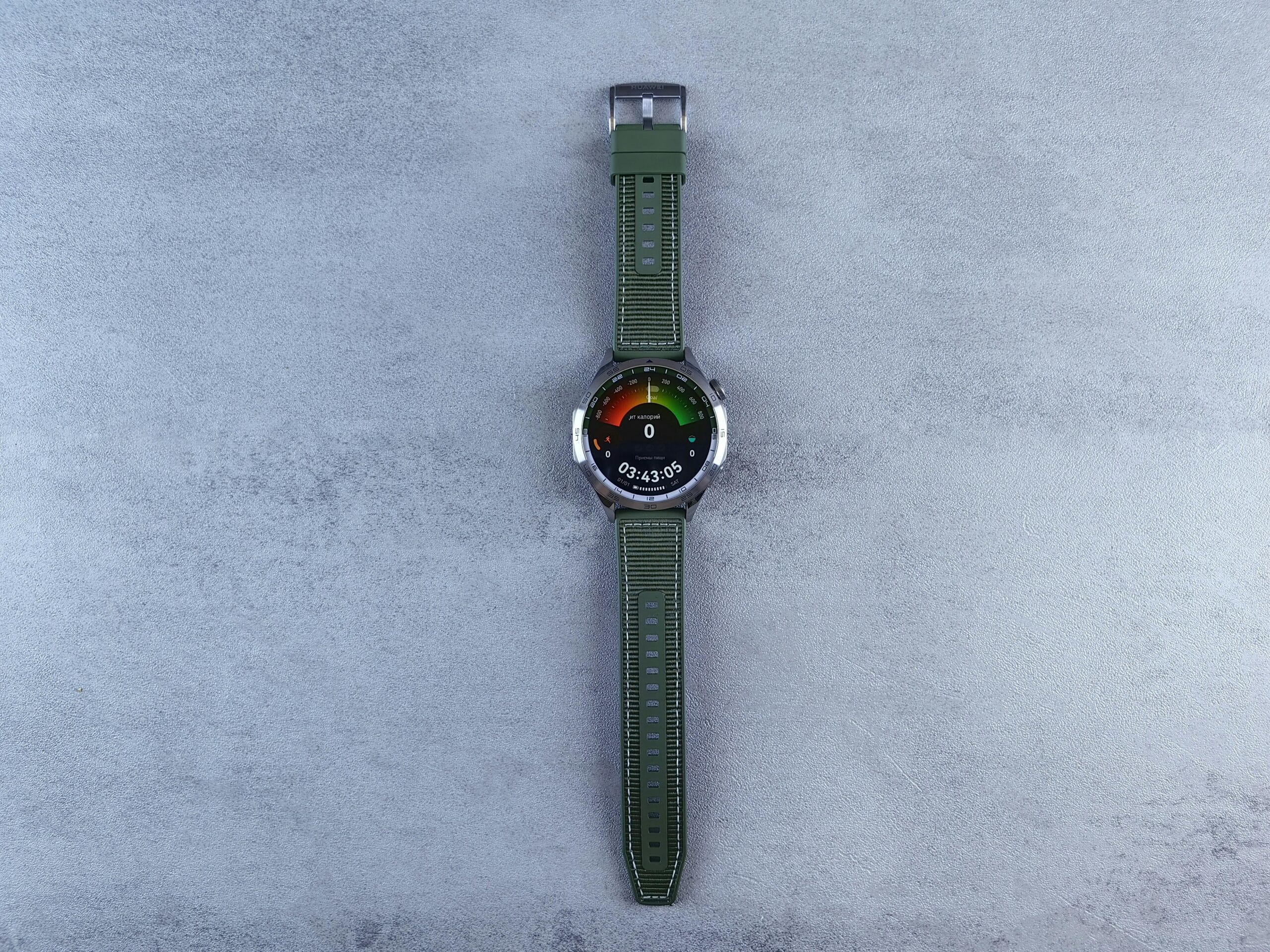Can wearables help in the early detection of COVID-19 symptoms?
How Wearable Tech is Transforming Healthcare
In today’s rapidly evolving digital era, wearable technology has stepped forward as a game-changer in the healthcare industry. With its ability to provide real-time monitoring, enhance patient engagement, and facilitate personalized care, wearable tech is redefining how healthcare is delivered. Let’s dive into the various ways this innovative technology is transforming the healthcare landscape.
What is Wearable Technology?
Wearable technology includes a wide range of devices that can be worn on the body, such as smartwatches, fitness trackers, and even smart clothing. These devices typically use sensors to collect data, which can be used to monitor health metrics like heart rate, activity levels, and sleep patterns.
Benefits of Wearable Tech in Healthcare
1. Real-Time Health Monitoring
One of the most significant advantages of wearable tech is its ability to provide real-time health monitoring. This continuous data collection allows for early detection of potential health issues, enabling timely intervention.
- Heart Rate Monitoring: Wearables like Fitbit and Apple Watch can continuously monitor heart rate, providing valuable insights into cardiovascular health.
- Sleep Analysis: Devices like Oura Ring track sleep patterns, helping to identify sleep disorders and improve sleep quality.
- Blood Oxygen Levels: Some wearables now include SpO2 sensors, which can monitor blood oxygen levels and aid in diagnosing respiratory conditions.
2. Improved Patient Engagement
Wearable technology empowers patients to take an active role in their own healthcare. With instant access to their health data, patients are more engaged and motivated to make healthier lifestyle choices.
- Empowerment: Access to real-time data allows patients to be more aware of their health status.
- Motivation: Features like activity tracking and goal-setting can motivate users to stay active and healthy.
- Reminders: Wearables can send medication reminders, ensuring compliance with treatment plans.
3. Enhanced Chronic Disease Management
Chronic diseases like diabetes and hypertension require continuous monitoring and management. Wearable tech provides a convenient way to monitor these conditions and keep healthcare providers informed.
- Diabetes Management: Continuous glucose monitors (CGMs) like Dexcom provide real-time glucose readings, helping patients manage their blood sugar levels more effectively.
- Hypertension Monitoring: Wearables that monitor blood pressure can help patients keep track of their readings and take necessary action to manage hypertension.
Case Studies: Real-World Applications of Wearable Tech
Numerous case studies highlight the impact of wearable tech in healthcare. Here are some noteworthy examples:
| Case Study | Application | Outcome |
|---|---|---|
| Apple Heart Study | Apple Watch used to detect atrial fibrillation. | Early detection of arrhythmias, reducing stroke risk. |
| Fitbit & Diabetes Management | Fitbit data used to track physical activity of diabetic patients. | Improvement in glucose control and overall health. |
| Oura Ring & COVID-19 Detection | Oura Ring data analyzed to detect early symptoms of COVID-19. | Early identification and isolation, reducing spread of the virus. |
First-Hand Experience: A Patient’s Perspective
Anna, a 45-year-old teacher, shares her experience with wearable tech:
“Using a smartwatch has transformed my approach to health. I can monitor my steps, heart rate, and even my sleep quality. The reminders to stay active and the ability to share my data with my doctor has been invaluable. It’s empowering to have this level of control and insight into my health.”
Practical Tips for Maximizing the Benefits of Wearable Tech
- Choose the Right Device: Select a wearable that suits your specific health needs and lifestyle.
- Regularly Sync Data: Ensure your device is regularly synced with its companion app for accurate data tracking.
- Set Realistic Goals: Use the device to set achievable health goals and track your progress.
- Consult Healthcare Providers: Share your wearable data with your healthcare providers for more informed decision-making.
- Stay Updated: Keep your device firmware updated to ensure you have the latest features and improvements.
Conclusion
Wearable technology is undoubtedly revolutionizing the healthcare industry. From real-time monitoring to improved patient engagement and enhanced disease management, the benefits are extensive. As the technology continues to evolve, it promises to bring even more advancements, making healthcare more efficient, personalized, and accessible. Embracing wearable tech could be a step towards a healthier, better-informed future.
